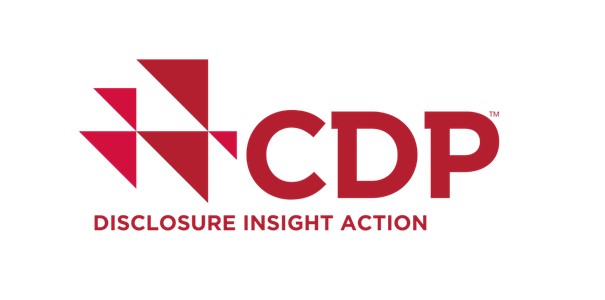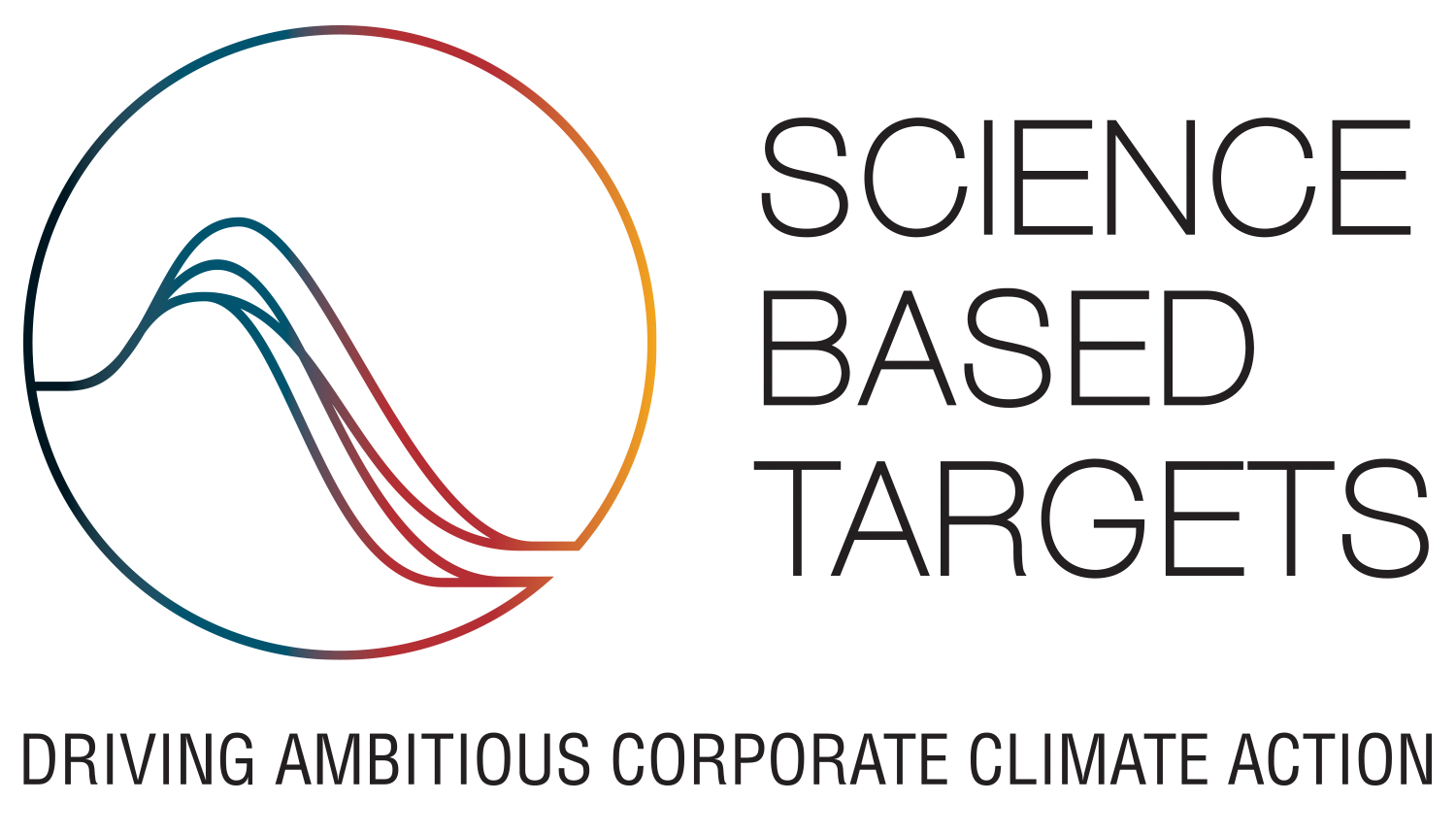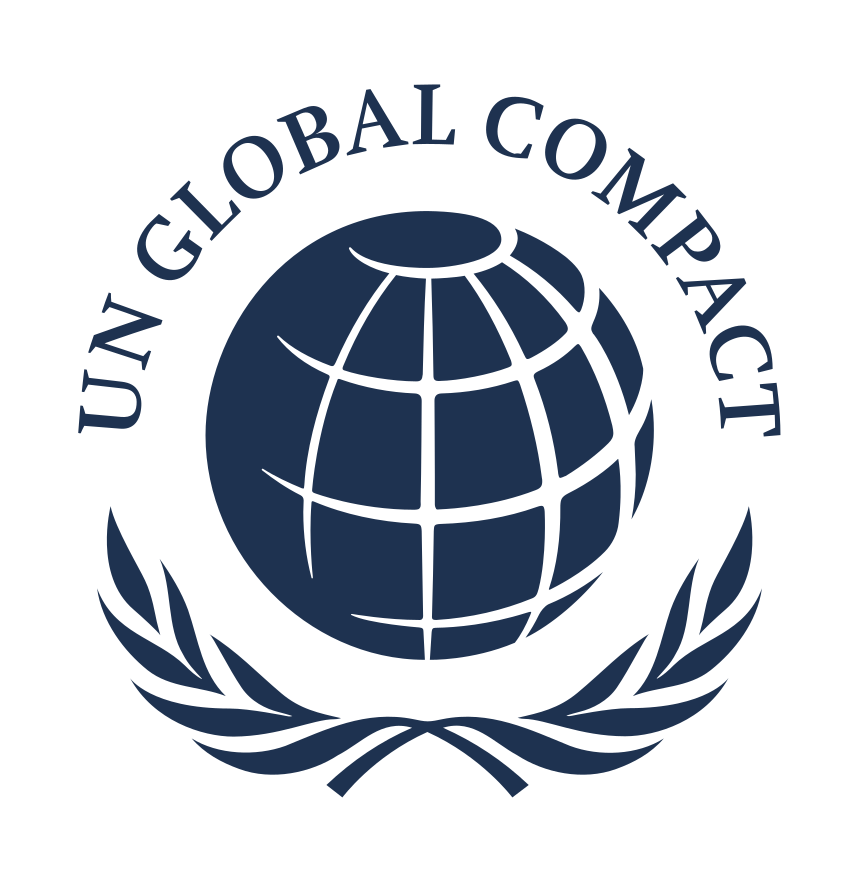Special Interest Report in Waste Management out today!
A TIME FOR CHANGE
The waste and business sectors need to work together in new ways if they want to exploit the commercial opportunities within the “circular economy”, says Paul Cox managing director of Reconomy.
With a number of notable exceptions, the vast majority of global production is deeply unsustainable. It’s a “take-make-dispose” linear system that, despite increasing recycling efforts, generates staggering amounts of waste and causes substantial environmental damage.
Increasingly businesses are looking at alternatives, one of which is the “circular economy” concept. The idea takes its inspiration from nature “ that human systems should work like organisms, processing nutrients (biological and technical inputs) that can be fed back into the cycle and reused again and again. Zero waste is a key component of a circular economy.
It’s not just a theory; there are some businesses out there applying circular economy principles, but they tend to be large corporates rather than SMEs. If closed loop is achievable, why is it not more widespread throughout the business community?
Part of the problem is the fragmented nature of the waste sector. This often restricts the ability to offer a nationalised solution for many of the largest waste producing sectors in the UK, such as the Construction sector where over 70% of Reconomy’s core business originates.
Moves towards zero waste economy’ and circular economy business models are progressing, but a more collaborative approach across all the partners involved in the process is required to make this a reality for the wider business community, including SMEs.
There is a distinct lack of understanding, skills and knowledge of how companies can begin this process to achieve the desired results.
One way to improve this situation is for companies to outsource recycling and waste solutions using a national provider that uses local supply networks. This reduces their operational burden, giving them more time to focus on strategic waste reduction, re-use and minimisation strategies.
This, combined with a collaborative approach, enables Reconomy to come up with innovative ways to work with clients. As part of our recent partnership with Travelodge, to date we have collected about 1,500 unwanted beds from the hotel chain, and refurbished about half of them for use by charities, such as British Heart Foundation. Not zero waste, but a step in the right direction.
Zero waste was, however, a condition of Reconomy’s waste management work at the Olympic Aquatic Centre. We sent all waste that couldn’t be recycled to Northumberland Wharf, from where the materials were transported by barge along the River Thames to a refuse-derived fuel facility in London. The constraints of the Olympic Park site and limited waste transport options needed this sort of creative solution, one that also reduced environment impacts still further.
Infrastructure challenges aside, the business case for the circular economy is clear “ low or no waste means lower costs ¬(landfill tax is due to increase by £8 to £80 a tonne from April). But judging by the few examples out there, this doesn’t seem to be enough of a driver. In the end, it’s the responsibility of both clients and the waste sector to come up with innovative ways to reduce waste.
To move towards a circular economy, organisations need to break away from the traditional ways of doing things and explore new cross-sector partnerships with different clients.
Waste operators should be providing solutions for companies that bridge the skills and knowledge gap within the sector and, by working together, aim to reduce waste as much as possible.
If this happens, it’s likely that companies such as Reconomy will become the rule rather than, as they are now, the exception. Until then, ourselves and others are moving into prime position to take advantage of the many business opportunities afforded by what we hope will be the growing take up of circular economy principles.
Download your copy of the report featured in the Times (5th March 2014) by clicking the download on the right hand side of this page.







